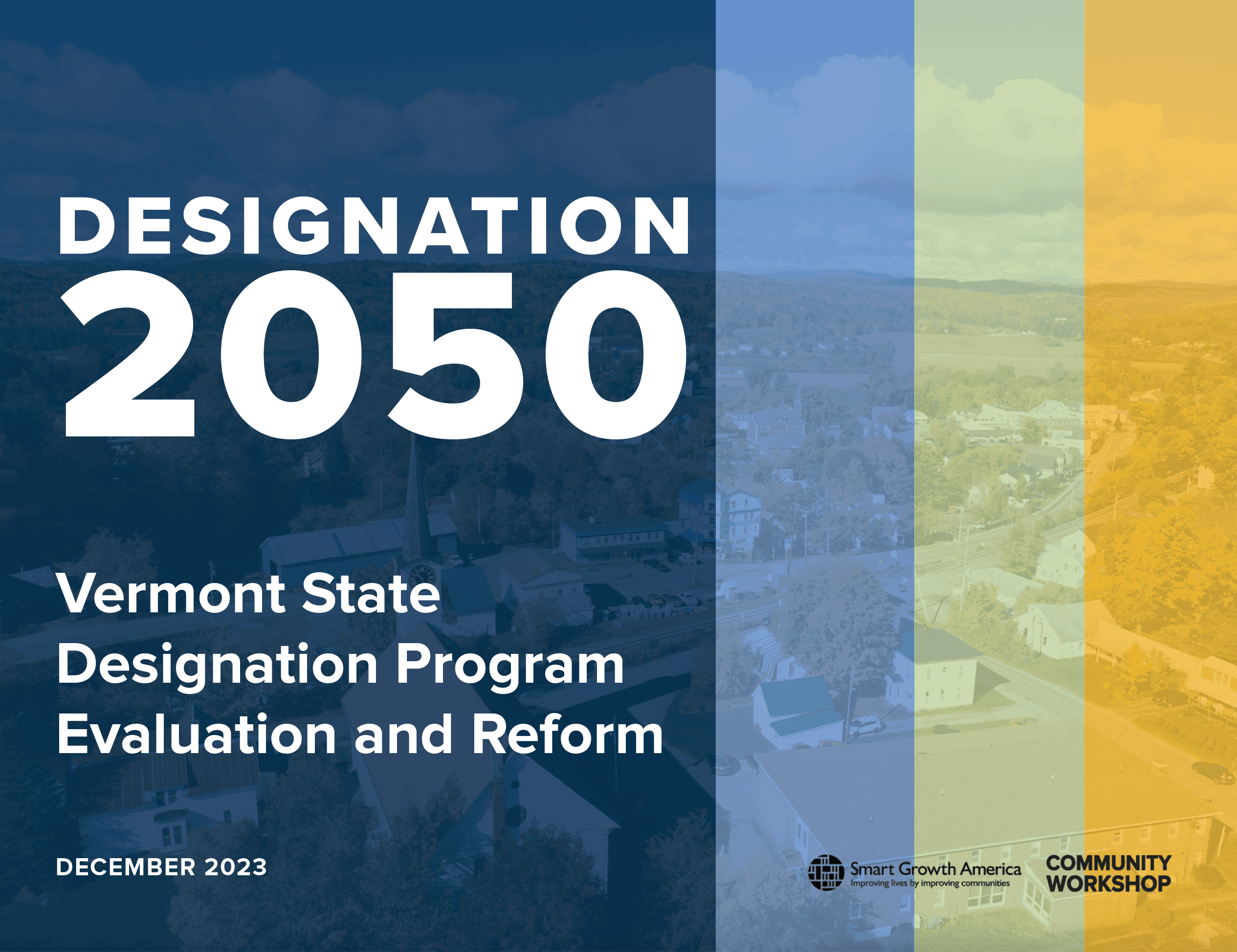
Resource
Assessing Return on Investment in Minnesota’s State Highway Program
Assessing Return on Investment in Minnesota’s State Highway Program
The state highway system in Minnesota operates today at a high level, meeting many of the performance goals established for the system. Over the next 20 years, however, the highway system is expected to experience a steady decline in performance, as projected state transportation revenues of $18 billion are unable to keep pace with the needs created by Minnesota’s growing population and aging infrastructure. Confronted with the combined pressures of limited revenue, increasing costs, and declining performance, Minnesota’s Transportation Finance Advisory Committee (TFAC) concluded in 2012 that, “the consequences of underinvesting in the state’s transportation system will include deterioration in service, increasing congestion and delays, failing infrastructure, and a diminished ability to remain economically competitive in the global economy.”
This study, undertaken with a Project Stakeholder Group consisting of a broad spectrum of representatives from the public and private sectors, evaluates the return on investment (ROI) or business case for the additional transportation funding recommended by TFAC.
- Maintaining the current performance of Minnesota’s state highway system would require an investment of an additional $5 billion over the next 20 years. What would be the return on that investment?
- Improving Minnesota’s state highway system to help the state become more economically competitive through technology and operational innovations and through high return on investment projects to reduce congestion and delays would require the investment of an additional $7 billion over the next 20 years. What would be the return on that investment?
- Within the proposed investments over the next 20 years, some projects and programs will necessarily have a higher return on investment and some will have a lower return on investment. Which kinds of projects and programs off er the highest ROI?
Investment decisions made in the near future will quickly determine whether the state highway system can continue to support Minnesota’s high quality of life and strong business climate over the next 20 years. The results of this study indicate that there is a sound business case for making the $12 billion investment recommended by TFAC. In total, a $12 billion investment in the state highway system over the next 20 years would deliver between $21 billion and $42 billion in benefits, with an average ROI of 2.5 – or, for every dollar Minnesota invests in the state highway system, it can expect to receive two-and-a-half dollars in benefits.

© 2025 Smart Growth America. All rights reserved
Site By3Lane Marketing












